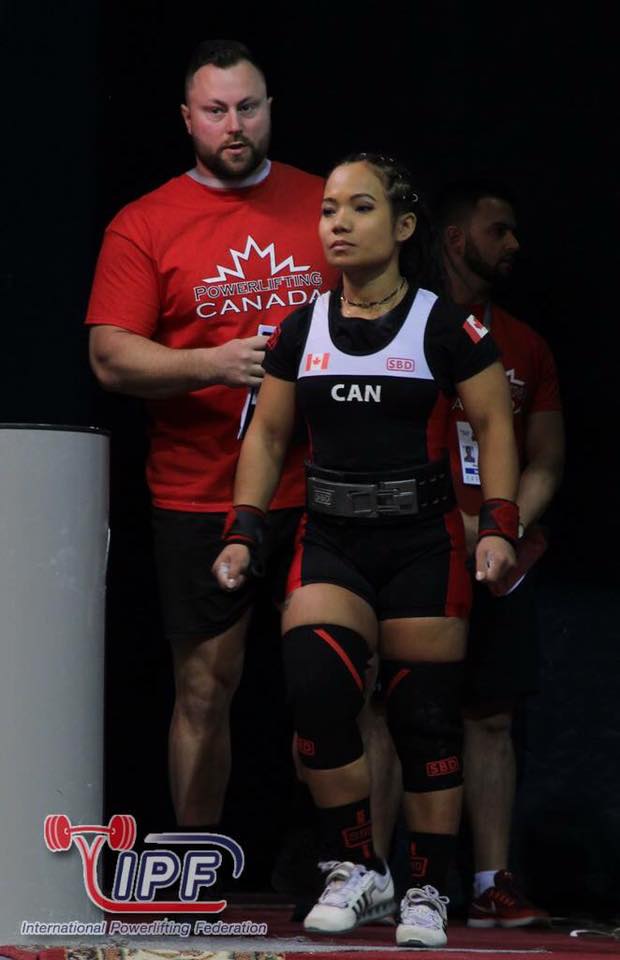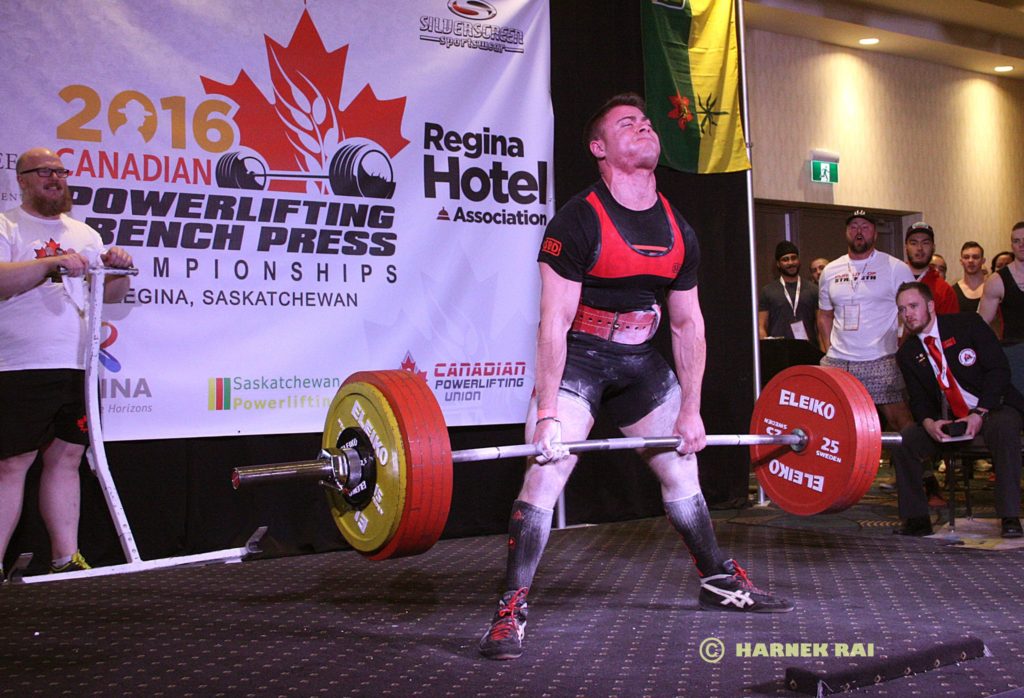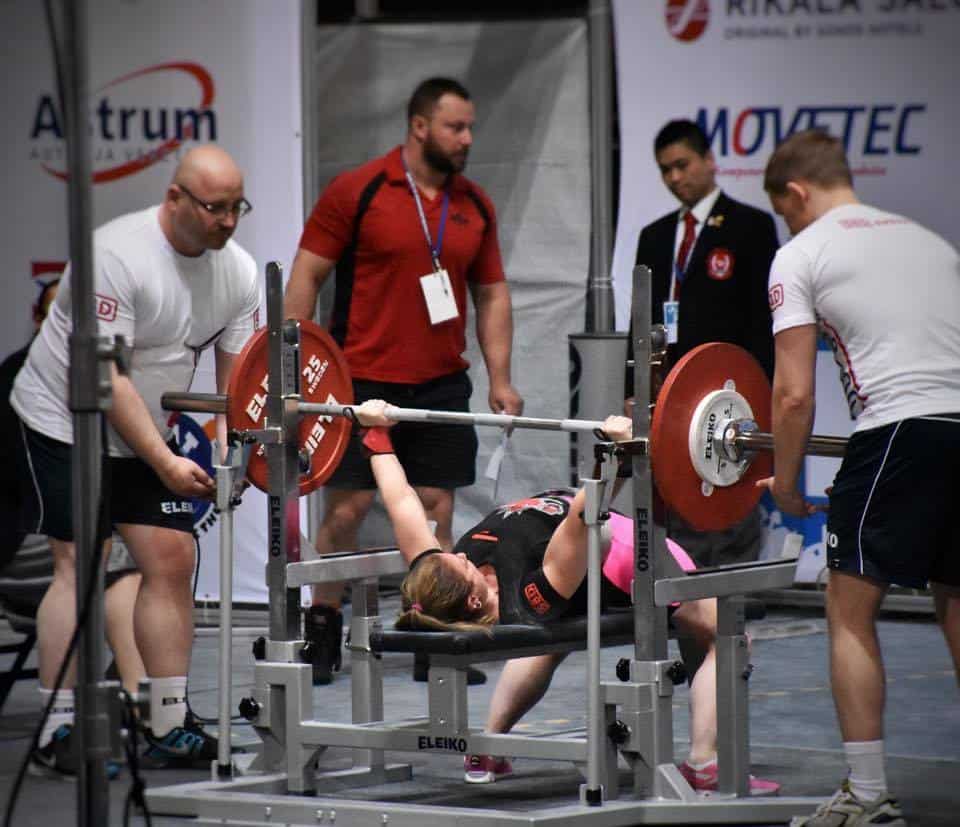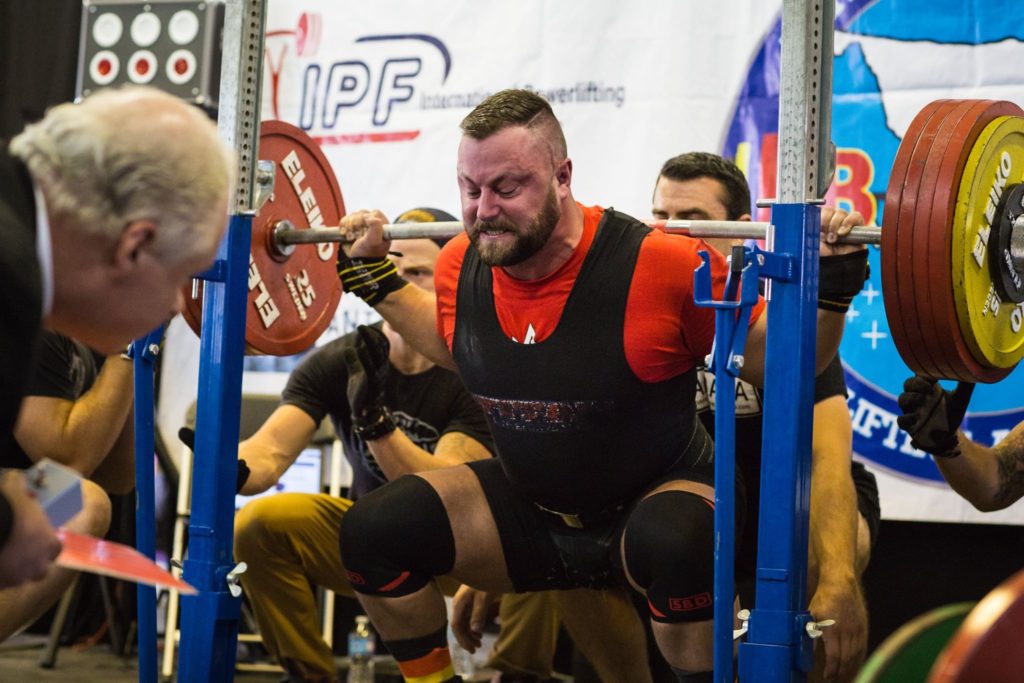What Other Powerlifters Are Saying...
LIGHTBULB MOMENTS
Squats are my nemesis, and with Avi’s instruction, I was able to break through a long-standing plateau, and was also able to make the switch from conventional to sumo deadlifts. What I love about Avi’s instruction is that he not only explains what to do and how to do it, but also the science and the why behind it in an engaging, straightforward, and understandable way that I have been able to apply to my own lifting (I had many “ohhhhh...now I get it!!!” lightbulb moments when taking his course). This has allowed me to improve my skill and self-awareness as a lifter. There really is something for everyone to take away from Avi’s course, whatever your experience or ability, and I would recommend it for anyone looking to gain powerlifting knowledge and increase their skill as a lifter!
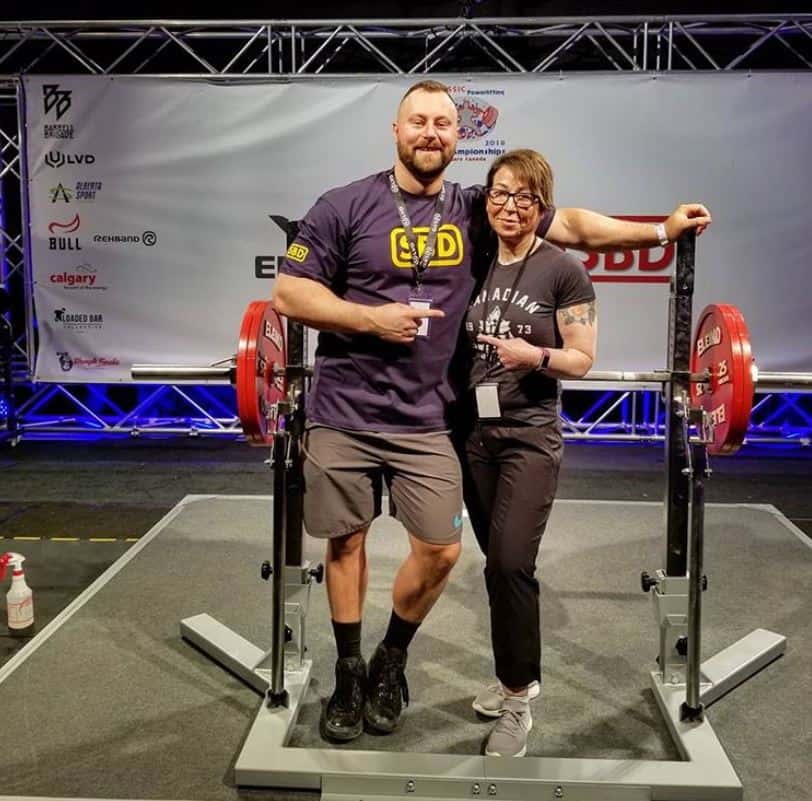
Sandra Drake
57kg Master 2 National Level Powerlifting
COACH OF CHAMPIONS
To say that Avi Silverberg knows about how to improve your Powerlifting technique or approach to the sport of Powerlifting in general, would be a significant understatement. Avi has been instrumental in my understanding of how to approach technical improvements in my athletes’ movements, as well as my own. This is of course due to his massive amount of experience in Powerlifting, both as a World class Athlete, as well as an International level coach (of many World Champions might I add). Perhaps the most valuable lesson I have learnt from Avi was understanding that the key to being a great coach is understanding not only when to change a lifters technique, but when not to. Thanks again Avi, you’re the best!
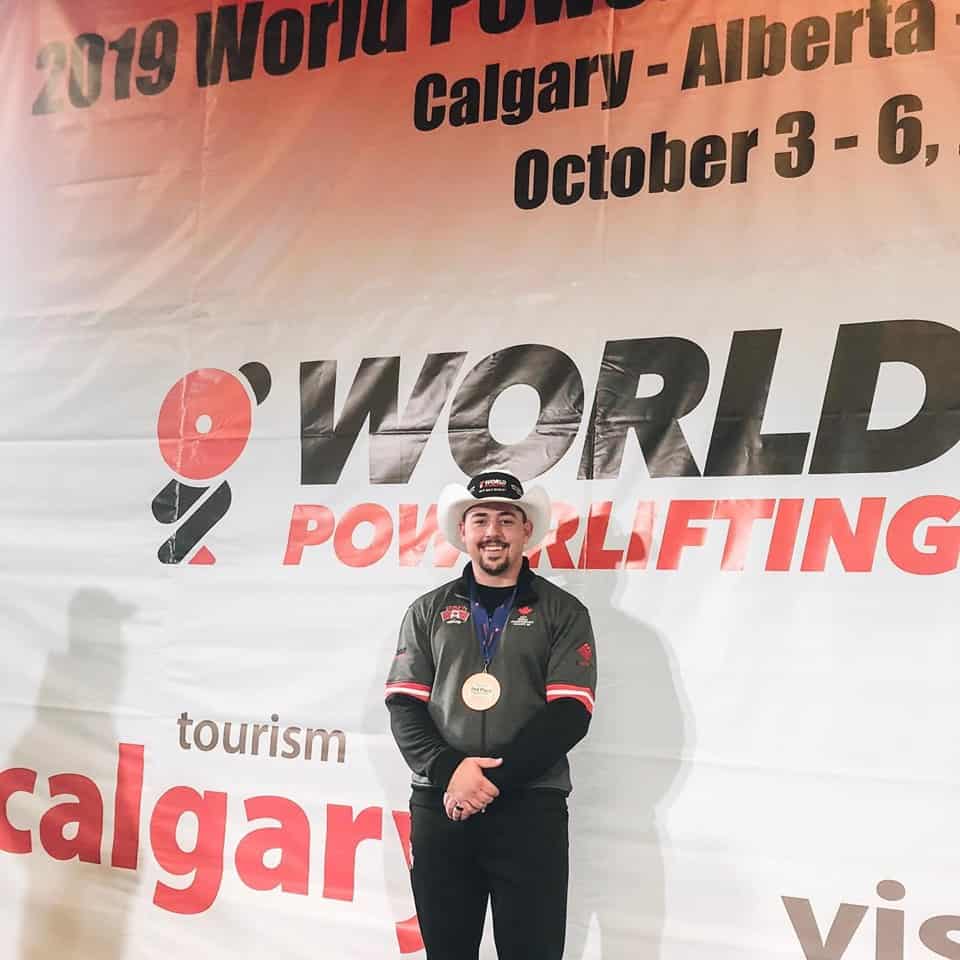
Alex Pronchuk
105kg Open National level Powerlifter

